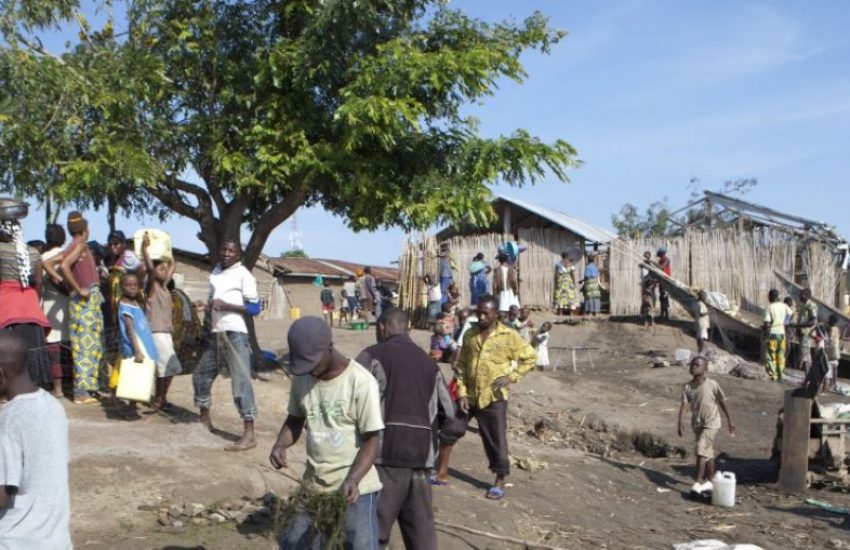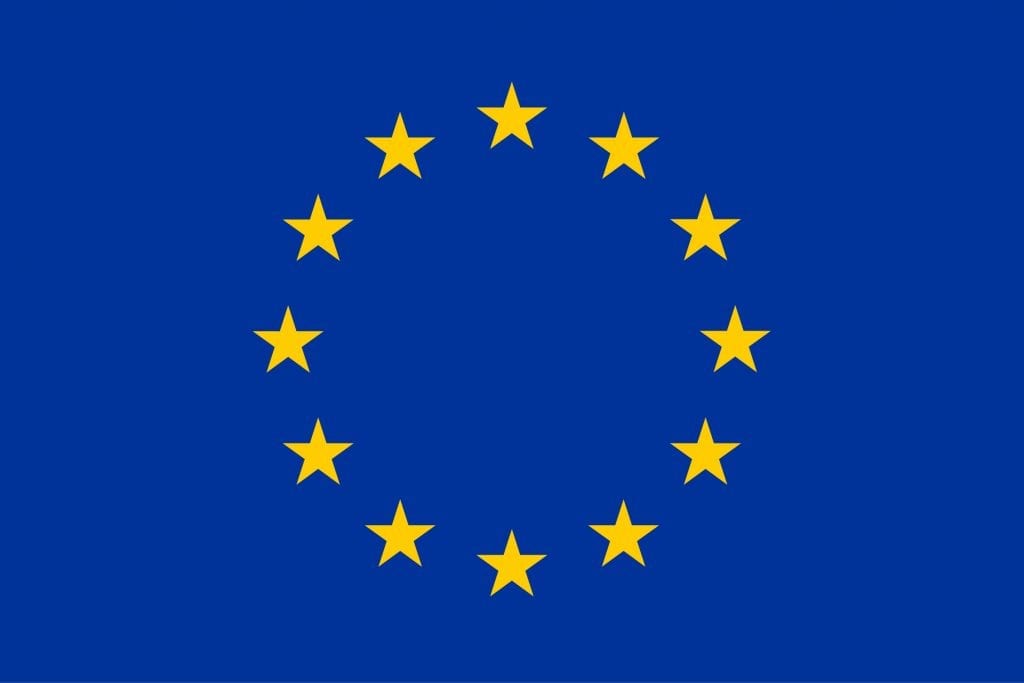Sustainable rattan harvesting: these farmers show that it…
24 April, 2025

Sustainable rattan harvesting: these farmers show that it…
24 April, 2025
Guguk village in Indonesia protect their customary forest
24 April, 2025
Monday 29 july 2019
Header photo: Communities around Lake Edward in Virunga, DRC © Jan-Joseph Stok
At least 20 armed groups are active in and around Virunga National Park. Their crimes include poaching, taxing, illegal fishing and charcoal making. They also occupy land for agriculture and cattle grazing. These activities not only exploit the park’s natural resources, but also finance the cycle of armed violence against local communities, park rangers and wildlife.
Armed groups like the Mai-Mai, Nyatura and the Democratic Forces for the Liberation of Rwanda can move throughout the region with impunity. They exploit natural resources, terrorize local communities and attack park rangers. The numbers are shocking: over 188 park rangers have been murdered, as well as a large number of local villagers. Measurements by our local partner organizations show that, in the area around fishing village Vitshumbi, at least one fishing boat per day is stopped by rebels. They take the fish, capture and torture the crew and only free them when ransom is paid.
With support from the European Union, we established community protection networks in 12 villages to protect the vulnerable biodiversity and communities in and around Virunga, and to put an end to the impunity of environmental criminals. These protection mechanisms consist of community members like farmers and fishermen. Equipped with mobile phones and trained in documenting offenses, they collect information on crimes against community members and biodiversity in real time, on a daily basis and send it to four analysis centers, which process the data and disseminate it weekly to the competent authorities.
Thanks to the usage of the community protection networks, timely responses to threats have become possible. In some cases, the analysis of the data allows the prediction of threats. In this way, communities can be brought to safety and the involved authorities can stand up against offenses more effectively. The reports also provide valuable evidence for the prosecution of offenders.
When relevant, the data is also shared with stakeholders in neighboring country Uganda. We developed a database with which trends can be identified more easily and information exchange with partners can be facilitated.
This project description was produced with the financial support of the European Union. Its contents are the sole responsibility of IUCN NL and do not necessarily reflect the views of the European Union.

24 April, 2025
The global demand for rattan is causing major damage to the forests of Indonesia, where rattan grows exclusively in the…
24 April, 2025
The Indigenous Marga Pembarap people of Guguk village in the province of Jambi, Indonesia have a long history of living…